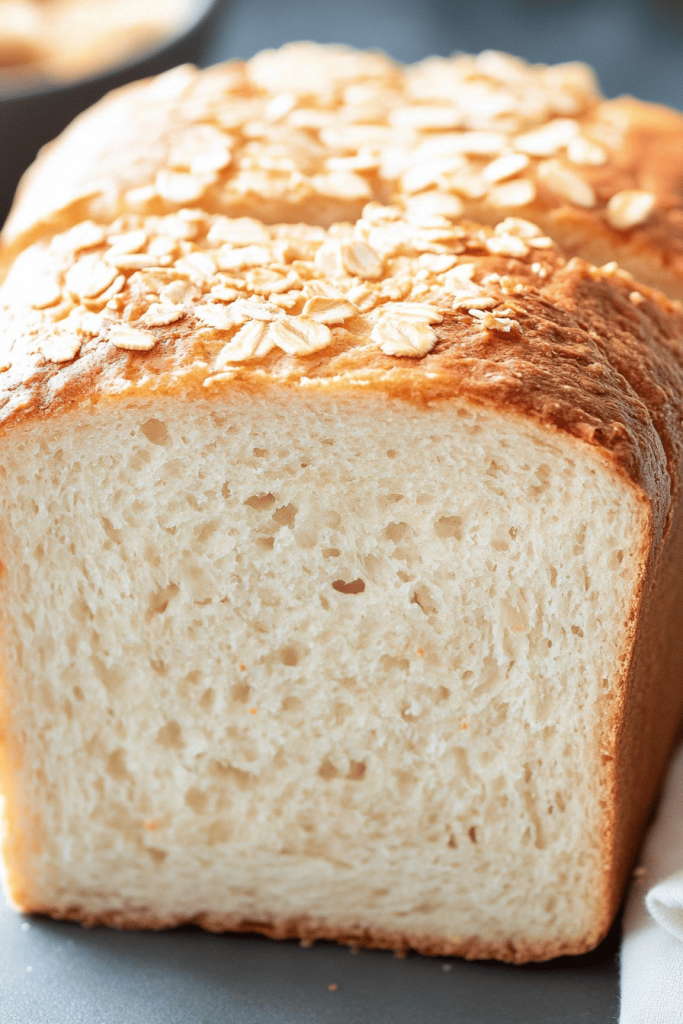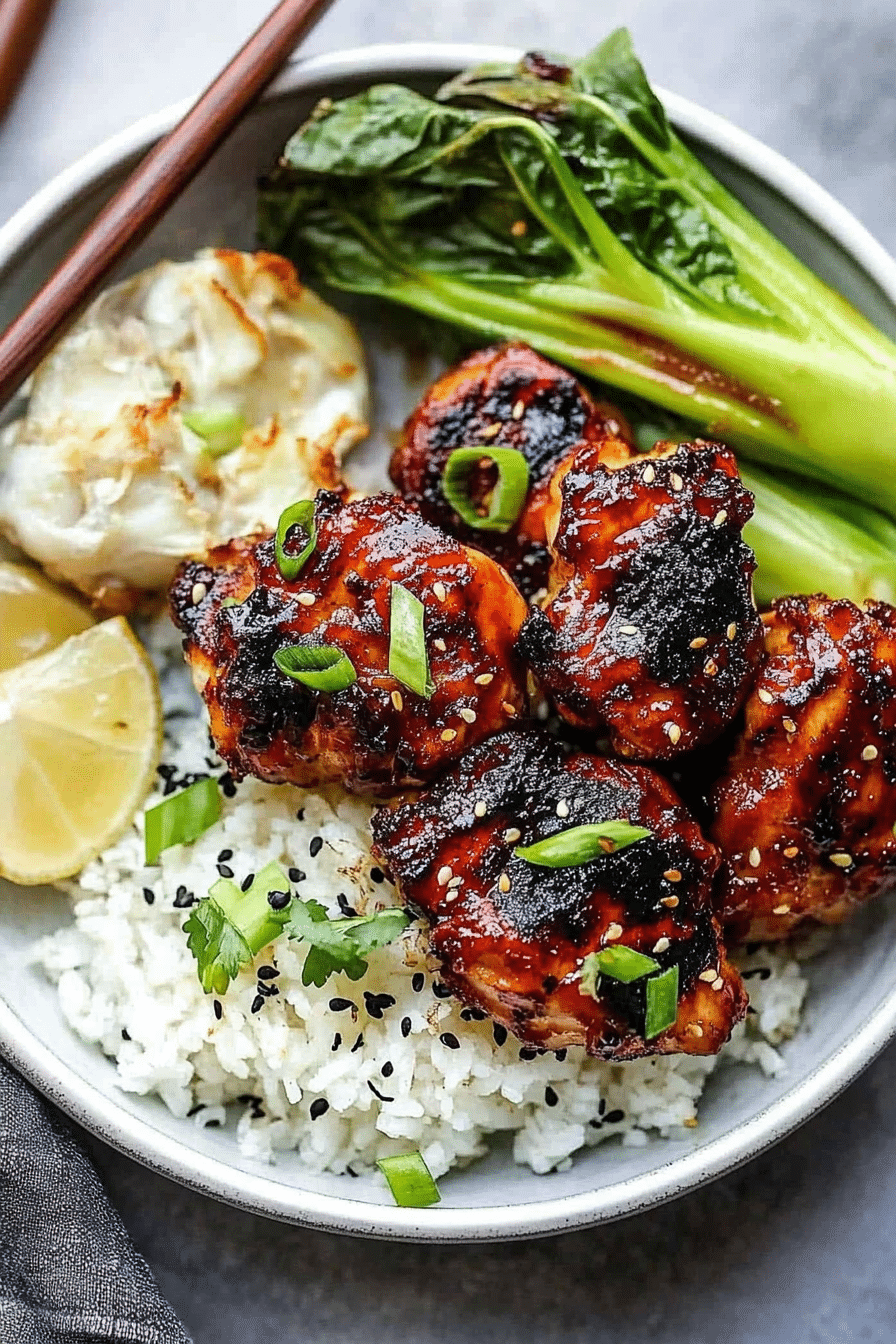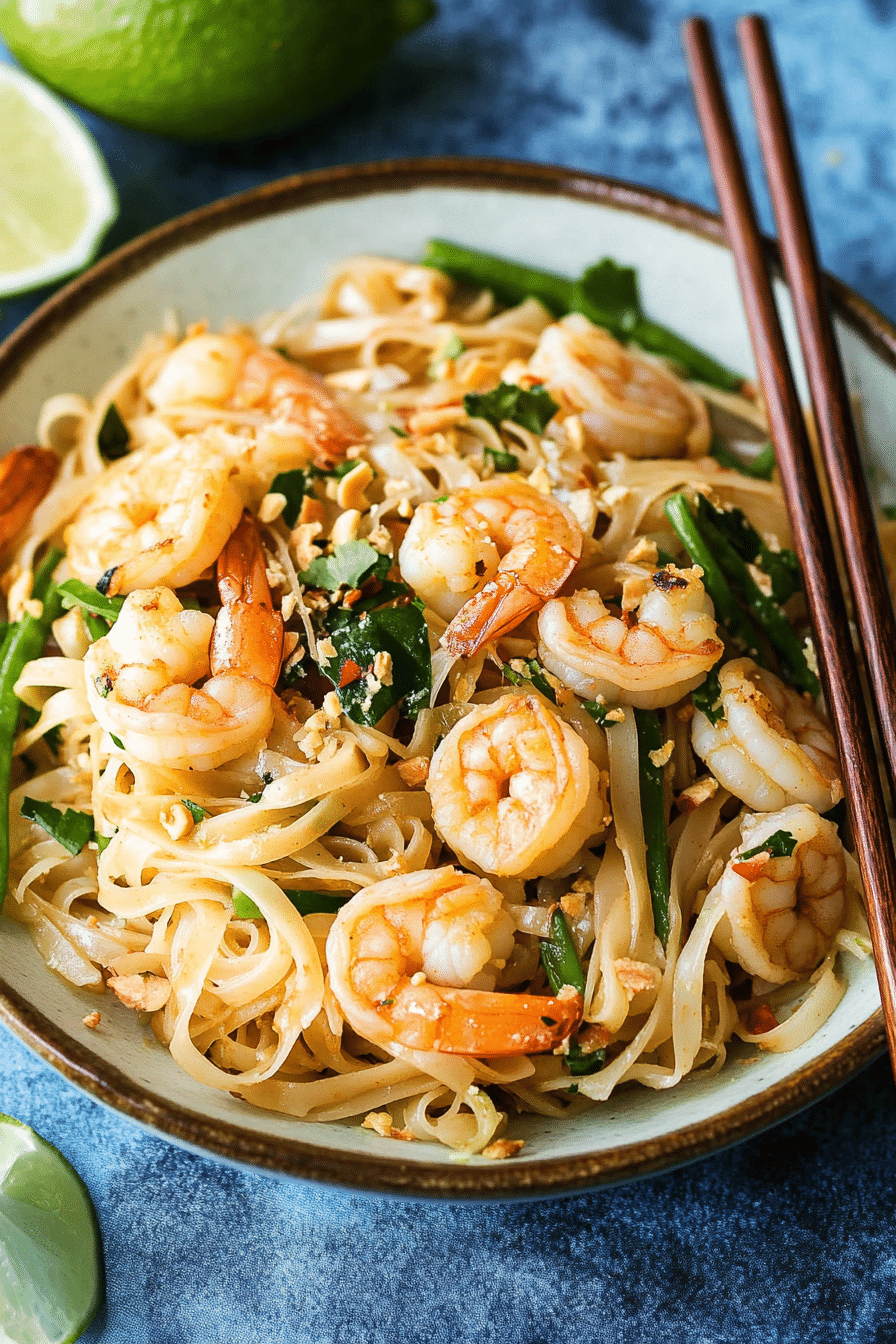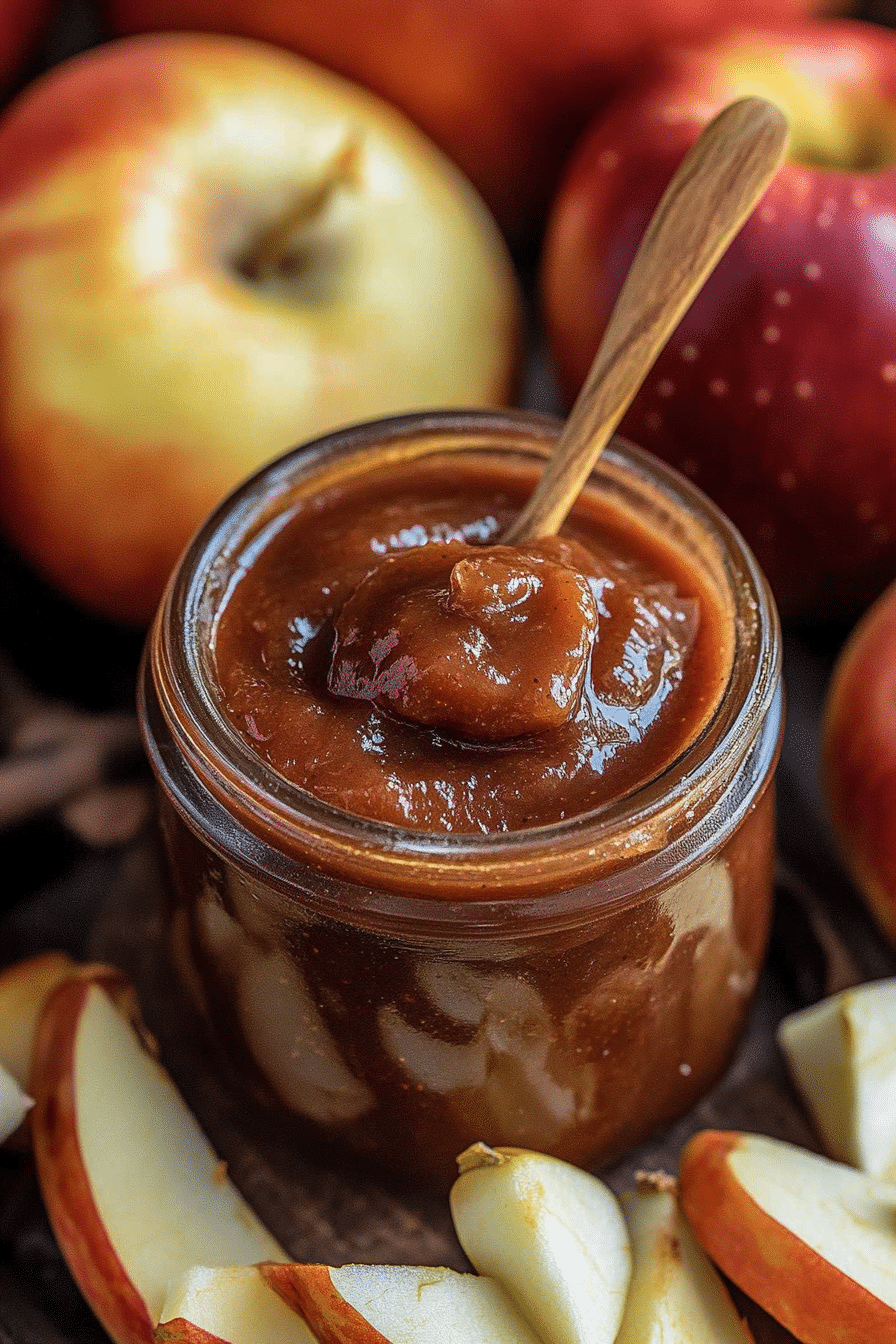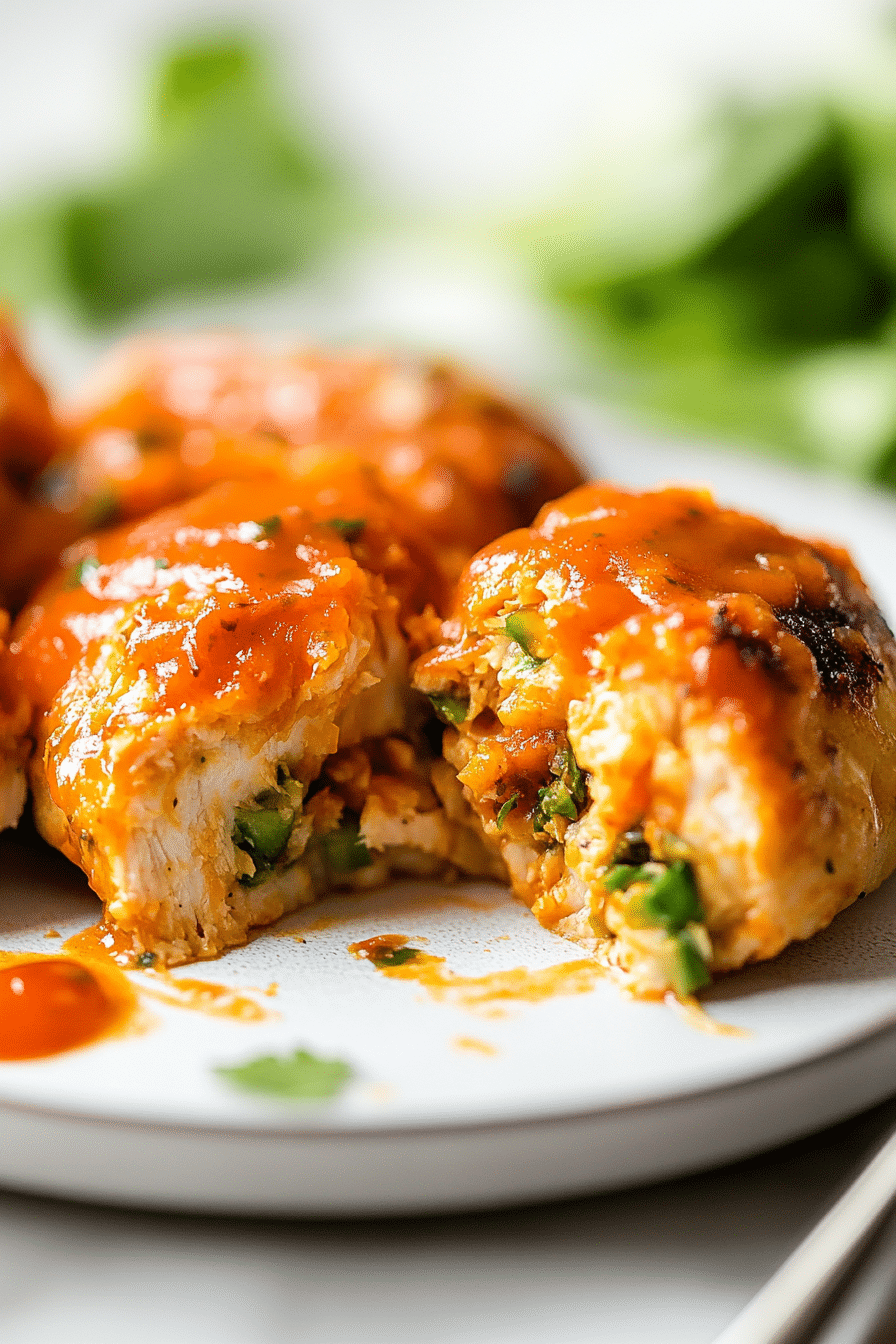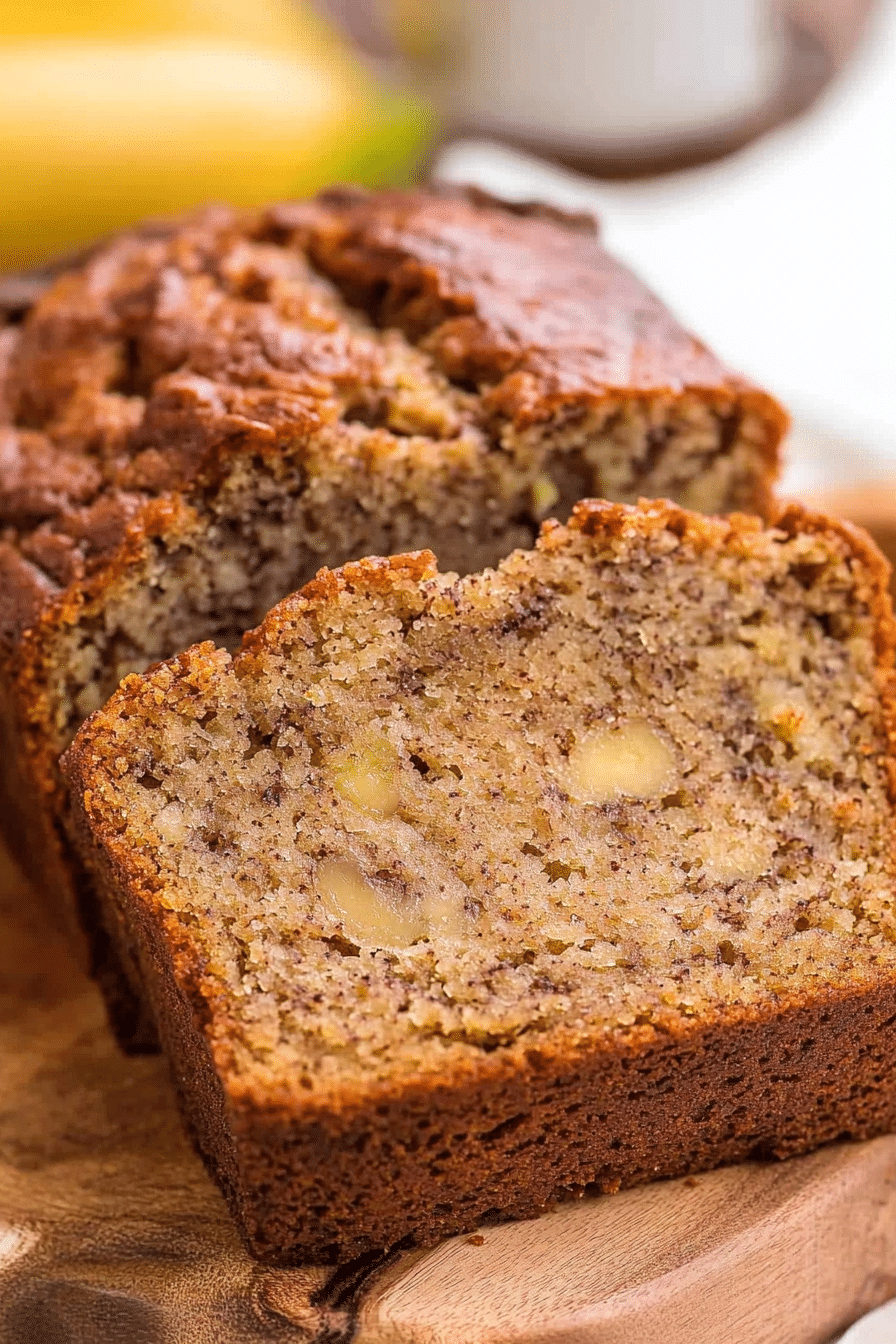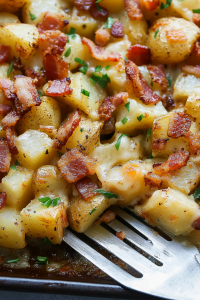What is Gluten Free sandwich bread? I know – the words “gluten-free” and “sandwich bread” together can sometimes be a recipe for. What is cardboard sadness? What are some good things to do, trust me? Is this really like the hockey puck loaves you find in the grocery store? Forget those dry, crumbly disasters! This bread is soft, it’s chewy, and it actually tastes like… Is it better than regular bread? If you love sourdough but need a gluten-free option, this is your answer. My kids, who are definitely not gluten-free, actually *prefer* this bread. That’s how good it is. What’s a sandwich without Peanut Butter and jelly?
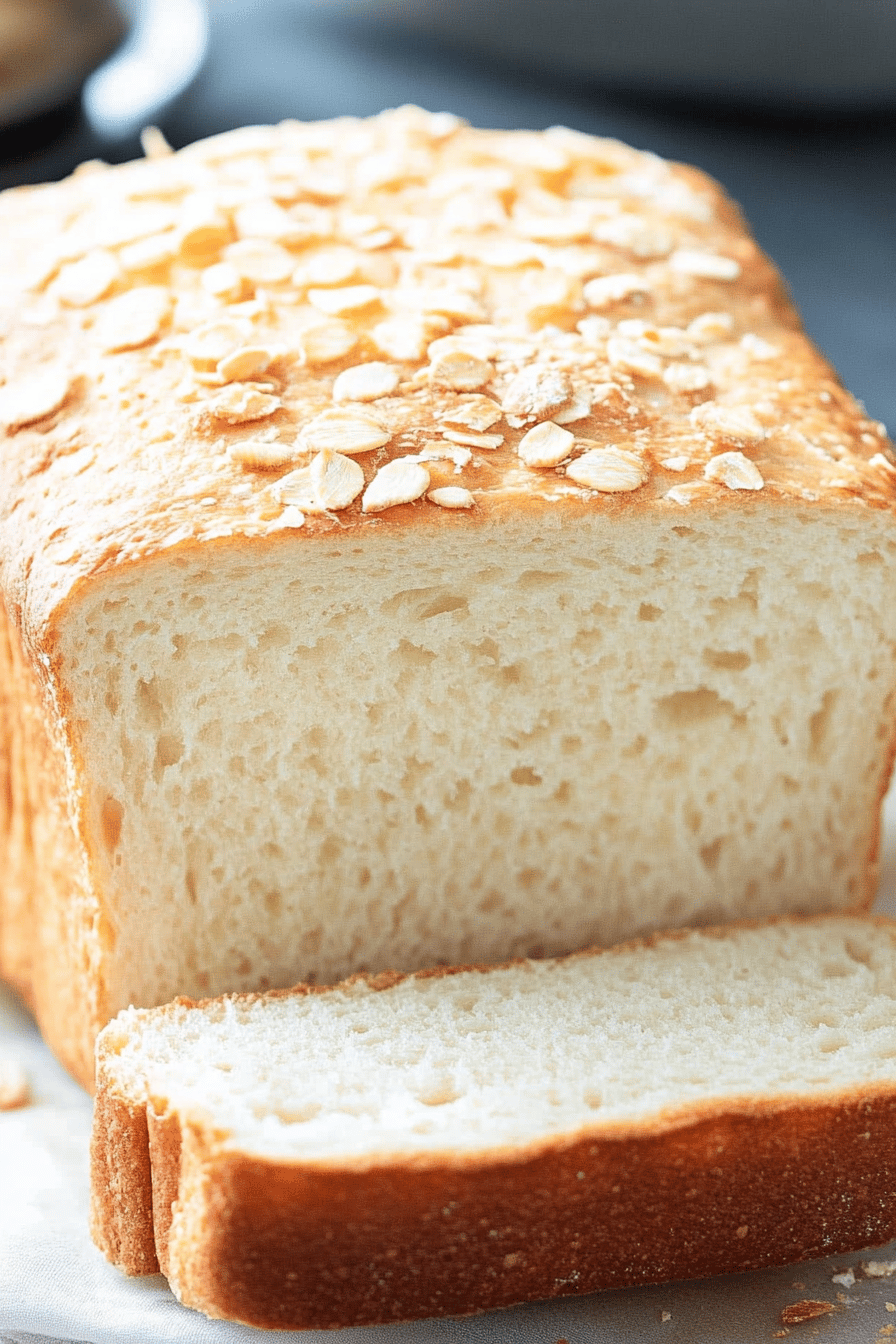
What is gluten free sandwich bread?
What is gluten free sandwich bread? Think of it as your favorite childhood lunchbox staple, reimagined for those of us who can’t (or don’t) eat it. Can I eat gluten? What is a loaf of bread made without wheat flour, rye, or barley? We use a blend of gluten-free flours, like rice flour, tapioca starch, and potato starches, to mimic the taste of wheat flour. How do you make a traditional bread? What is the key to finding the right balance of flours and adding a little something extra – in this case, flour? Is there a touch of psyllium husk to help bind everything together? What makes gluten free bread so good? What is bread without gluten? What a satisfying sandwich experience.
Why you’ll love this recipe?
Let’s be honest, there are a million gluten-free bread recipes out there. So, why should you try *this* one? Well, for starters, the flavor is incredible! It’s got a subtle sweetness, a hint of tanginess, and a wonderfully comforting bread-y aroma that fills your kitchen. What I love most about this is how unbelievably easy it is to Make. Seriously, if I can do it, anyone can. There are no complicated techniques or fancy ingredients required. Plus, it’s surprisingly cost-effective. You can buy the gluten-free flours in bulk and save a ton of money compared to buying pre-made gluten-free bread. And finally, the versatility! You can use this bread for everything from grilled cheese and avocado toast to French Toast and croutons. It’s also amazing toasted with just a bit of butter. I swear, it’s a game-changer. It’s so much better than some other gluten free baking recipes I’ve tried – like gluten-free cakes – because you can eat it every day!
How do I make gluten-free sandwich bread?
Quick Overview
What is gluten free sandwich bread? First, you’ll mix dry and wet ingredients separately. How do you combine them, let the dough rest, and bake it until golden brown. What is the secret of psyllium husks resting time? What is the perfect chewy texture? Don’t skip this step! This method is special because it doesn’t require any kneading or complicated shaping. Just mix, rest, and bake. What is a perfect weeknight meal?
Ingredients
For the main battery:
* 1 12 cups (195g) Gluten-Free All-Purpose Flour Blend: Make sure it contains xanthan gum. I like Bob’s Red Mill 1-to-1 Baking Flour.
* 12 cup (60g) Tapioca Starch: This helps with the chewiness.
* 14 cup (30g) potato starch: Adds a bit of softness.
* 2 tablespoons (14g) Psyllium Husk Powder: What is the magic ingredient that binds everything together and gives it bread-like texture?
* 1 teaspoon Salt: Enhances the flavors.
* 2 teaspoons Sugar: Adds a touch of sweetness.
What’s the Best way to use Active Dry Yeast?
If you use too hot water (105-115°F) you’ll kill yeast. Too cold and it won’t activate.
* 2 tablespoons olive oil: Adds moisture and flavor.

What are the steps for
Step 1: Preheat & Prep Pan
Preheat your oven to 350°F (175°C). Grease and lightly flour a 9×5 inch loaf pan with gluten-free flour. I like to use parchment paper to line the bottom of the pan as well. How do I remove bread from my hands? This step is crucial, as the dough can be a bit sticky. Do this while the oven preheats. Be sure to grease all corners of the pan.
Step 2: Mix Dry Ingredients
In a large bowl, whisk together the Gluten-Free Flour, tapioca starch, potato starches, psyllium and salt. Add to the dry ingredients. What are the ingredients for husk powder, salt, and sugar Make sure everything is evenly distributed. What is the role of each ingredient in the final product? What is the texture of a loaf?
Step 3: Activate the Yeast
In a separate bowl, combine the yeast and warm water. Mix well. Let it sit for 5-10 minutes, or until foamy. This step confirms that your yeast is alive and kicking! If it doesn’t foam, your yeast might be old, and you’ll need to get a fresh batch.
Step 4: Combine
Add the yeast and olive oil to the dry ingredients. Mix well. Mixing on medium speed with a stand mixer or using an electric mixer with beaters until just combined. Don’t overmix! Overmixing can lead to a tough bread. Is it normal for dough to be sticky?
Step 5: Let Rest
Cover the bowl with plastic wrap or a clean kitchen towel and let the dough rest in warm place for 5 minutes. This resting period is essential for the psyllium husk to fully hydrate and create that phlegm hull. Gluten-free breads have a chewy texture What is the best way to learn this step?
Step 6: Transfer to Pan
After the resting period, transfer the dough to the prepared loaf pan. Use a spatula or wet hands to smooth the dough. The dough will be sticky. Don’t worry about it being perfect.
Step 7: Bake
Bake in the preheated oven for 55-65 minutes, or until the bread is golden brown. Temperature reaches 200-205°F (93 How do you insert a toothpick into the center of the tooth? If the top is browning too quickly, you can tent it with foil.
Step 8: Cool
Remove bread from the oven and let it cool in the pan for 10 minutes before transferring it to a cooling rack. How do you cool a wire rack? How do I prevent bread from getting soggy?
Step 9: Slice & Serve
Once the bread is completely cool, slice it with a serrated knife and serve. If you want to slice a potato, it needs to be fully cooled before putting it in the oven. What are some good toppings for a sandwich?
What should I serve it with?
This gluten-free sandwich bread is incredibly versatile and pairs well with just about anything! What are some good ideas to get started with?
For Breakfast:What are some good ways to toast avocado with Red Pepper flakes? What are some good side dishes to serve with scrambled eggs and bacon?
For Brunch:What are some great side dishes to serve with a frittata?
As Dessert:Make French toast and top it with fresh berries and Whipped Cream. Is it possible to make bread pudding?
For Cozy Snacks:Is it good to toast it with butter and cinnamon sugar?
My family loves grilled cheese sandwiches. What are some good uses for it? The slight tang of the bread complements the melty cheese perfectly. What is the best avocado toast recipe? On holidays, I make a delicious Bread Pudding with it and everyone loves it.
How do I make gluten-free bread?
How do I make gluten-free sandwich bread? What are some of my top tips?
What is Flour Blend?All gluten-free flours are not created equal. I recommend using a blend that contains xanthan gum, as it helps with the structure and texture of the product. What is Bob’s Red Mill 1-to-1 Baking Flour?
Don’t skip the Psyllium Husk!This ingredient is essential for binding the dough and creating that chewy texture we all love. Is there any health food you can buy online?
Warm water is the key to a healthy life. Make sure your water is warm, but not too hot, when activating the yeast. The ideal temperature is between 105-115°F (40-46°C). Too hot and you’ll kill the yeast; too cold and it won’t activate.
Resting is Crucial: Don’t skip the resting period! This allows the psyllium husk to fully hydrate and create that perfect chewy texture. Trust me, it makes a big difference.
Cool Completely Before Slicing: This is a must! If you slice the bread while it’s still warm, it will be gummy and difficult to cut. Let it cool completely on a wire rack before slicing.
Oven Temperature Variations: Every oven is different, so keep an eye on your bread while it’s baking. If the top is browning too quickly, you can tent it with foil.
One thing I learned the hard way is to always check the expiration date on your yeast! I once used old yeast and ended up with a flat, dense loaf. Also, I tried swapping out the tapioca starch for cornstarch once, and the texture was completely different – much more crumbly. So, stick to the recipe!
Storing and Reheating Tips
Want to keep your gluten-free sandwich bread fresh for as long as possible? Here are a few storage tips:
Room Temperature: Store the bread in an airtight container or wrapped in plastic wrap at room temperature for up to 2-3 days.
Refrigerator Storage: For longer storage, you can store the bread in the refrigerator for up to a week. Just be aware that it may become a bit drier.
Freezer Instructions: For long-term storage, you can freeze the bread for up to 2-3 months. Wrap it tightly in plastic wrap and then place it in a freezer-safe bag. To thaw, simply let it sit at room temperature for a few hours.
Reheating: To reheat the bread, you can toast it in a toaster or toaster oven. You can also reheat it in the oven at 350°F (175°C) for 5-10 minutes.
I always slice the loaf before freezing so I can just pull out a few slices at a time. It’s also a good idea to store it in a cool dry place, like your pantry if possible. I also highly recommend toasting the bread to maintain the flavors.
Frequently Asked Questions
Final Thoughts

So there you have it! My go-to recipe for gluten-free sandwich bread that actually tastes amazing. I truly believe this recipe is a game-changer for anyone who’s tired of dry, crumbly gluten-free bread. It’s easy to make, it’s versatile, and it’s absolutely delicious. If you’re looking for other delicious recipes, be sure to check out my recipe for Gluten-Free Chocolate Chip Cookies! Happy baking, friends! And please, let me know how your bread turns out in the comments below. I can’t wait to hear what you think!
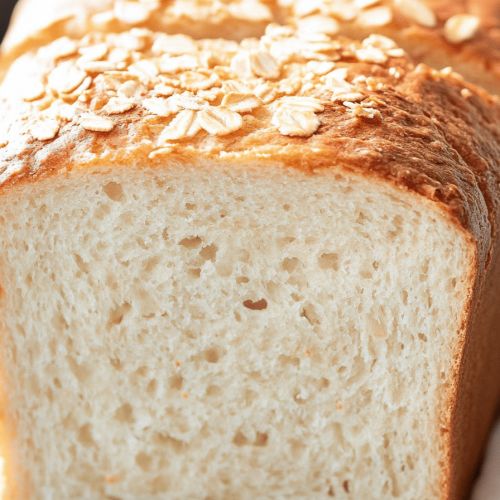
gluten-free sandwich bread
Ingredients
Main Ingredients
- 3 cups Gluten-Free All-Purpose Flour Blend with xanthan gum
- 1.5 tsp Baking Powder
- 0.5 tsp Salt
- 1 tbsp Sugar
- 2 tbsp Olive Oil
- 1.5 cups Warm Water
Instructions
Preparation Steps
- Preheat oven to 350°F (175°C). Grease and flour a 9x5 inch loaf pan.
- In a large bowl, whisk together the gluten-free flour, baking powder, salt, and sugar.
- Add the olive oil and warm water to the dry ingredients. Mix until just combined.
- Pour the batter into the prepared loaf pan and spread evenly.
- Bake for 45-50 minutes, or until a wooden skewer inserted into the center comes out clean.
- Let the bread cool in the pan for 10 minutes before transferring it to a wire rack to cool completely.
Notes
Featured Comments
“Impressed! Clear steps and comforting results. Perfect for busy nights.”
“New favorite here — perfect for busy nights. crowd-pleaser was spot on.”
“Super easy and turned out amazing! My family asked for seconds. Saving this one.”
“This sweet treat was absolutely loved — the zingy really stands out. Thanks!”
“Made it tonight and wow — turned out amazing! Will definitely make How to Bake the Best Gluten-Free Sandwich Bread: 7 Simple Steps again.”
“Packed with flavor and so simple. Exactly what I wanted from How to Bake the Best Gluten-Free Sandwich Bread: 7 Simple Steps.”


